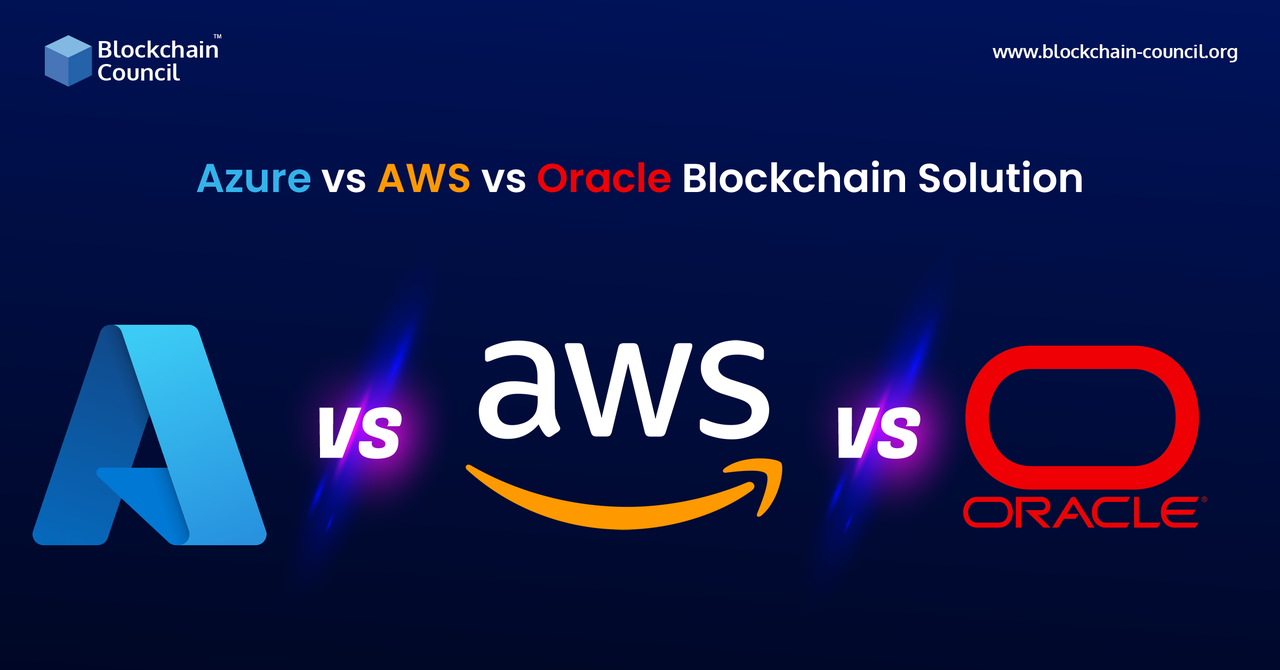
- Toshendra Kumar Sharma
- September 10, 2018
Blockchain Technology is one of the most impactful inventions of the last decade with some people claiming that its impact will be as great as that of the internet. What started as an initiative to disrupt the banking and finance industries and has now evolved into a much more diverse movement. From supply chain management to shipping and even education, Blockchains are just starting to take hold. Here’s a look at the top ways in which Blockchain Technology will transform the education industry.
E-Transcripts
Students are all too familiar with the high fees and slow speeds involved in requesting transcripts for college or job applications. A significant percentage of institutions still rely on snail mail to send transcripts and charge anywhere for $10-20 for one request. Blockchains are a godsend in this situation as not only can they be used to store sensitive information in a tamper-resistant way, but using Blockchains to send transcripts also saves time and money. Additionally, saving transcripts to the Blockchains ensures that they are protected in the case of server failures or natural disasters. The most prominent players in this space include Sony Global Education and IBM who have partnered to develop a platform that uses Blockchain to secure and share student records.
Digital Degrees and Certifications
Fraudulent degrees are much too easy to forge with skilled forgers developing new techniques constantly to make sure that the forged degrees are undetectable. Blockchains can be used to issue unique digital assets that verify the credentials of academic degrees and certifications. This would make it much easier for potential employers to verify the degrees and save valuable time and money. Learning Machine is a startup that has been working to address this problem for over ten years. Recently, it has partnered with the MIT Media Lab to launch the Blockcerts toolset, which will provide an open infrastructure for creating, issuing, viewing and verifying blockchain-based certificates. There’s also competition in this space from projects like Gradbase and Stampery. Once fully operational, these platforms could make the manual process of verifying records obsolete.
Payment via Cryptocurrencies
The first thing when Bitcoin was created was for facilitating payments between two entities without the need for a middleman. Following in the tracks of that philosophy several universities like King’s College in New York, University of Nicosia, and Simon Fraser University in British Columbia have started accepting payments in cryptocurrencies. It makes sense to offer payments in cryptocurrencies for college students as college students tend to be more adept at using cryptocurrencies compared to other demographics. Doing so also helps colleges avoid middlemen fees and save time in the clearing of payments.
Cloud Storage
Colleges and universities are known for providing large amounts of online cloud storage to students and faculty to promote collaboration. However, existing cloud storage platforms like DropBox and Amazon Cloud are quite expensive, and the cost of those subscriptions is usually passed on to the students in the form of higher tuition. Blockchain-based file storage can be very useful here as it can bring the price of cloud storage by a lot. For example, projects like SiaCoin and Filecoin are called the Airbnb of file storage because of the lower costs compared to traditional file storage platforms. They do so by leasing out unused hard disk space in computers around the world in exchange for payments in cryptocurrency.
Identity Management
College IDs are used for a host of benefits from lower cost subscriptions for Amazon Prime, Hulu and Spotify to software licenses from Microsoft and Adobe. However, since fake college IDs are easy to manufacture, these services often have to shut such programs down to prevent losses. Identity management is difficult because there are thousands of students to keep track of every semester at every college. With digital identity management platforms like Civic, it could be much easier to ascertain the true identity of users and to ensure that the programs benefit who they are designed for.





































































 Guides
Guides News
News Blockchain
Blockchain Cryptocurrency
& Digital Assets
Cryptocurrency
& Digital Assets Web3
Web3 Metaverse & NFTs
Metaverse & NFTs
